Gadgets And Technology Daily News | 13 May 2023

Views (220)
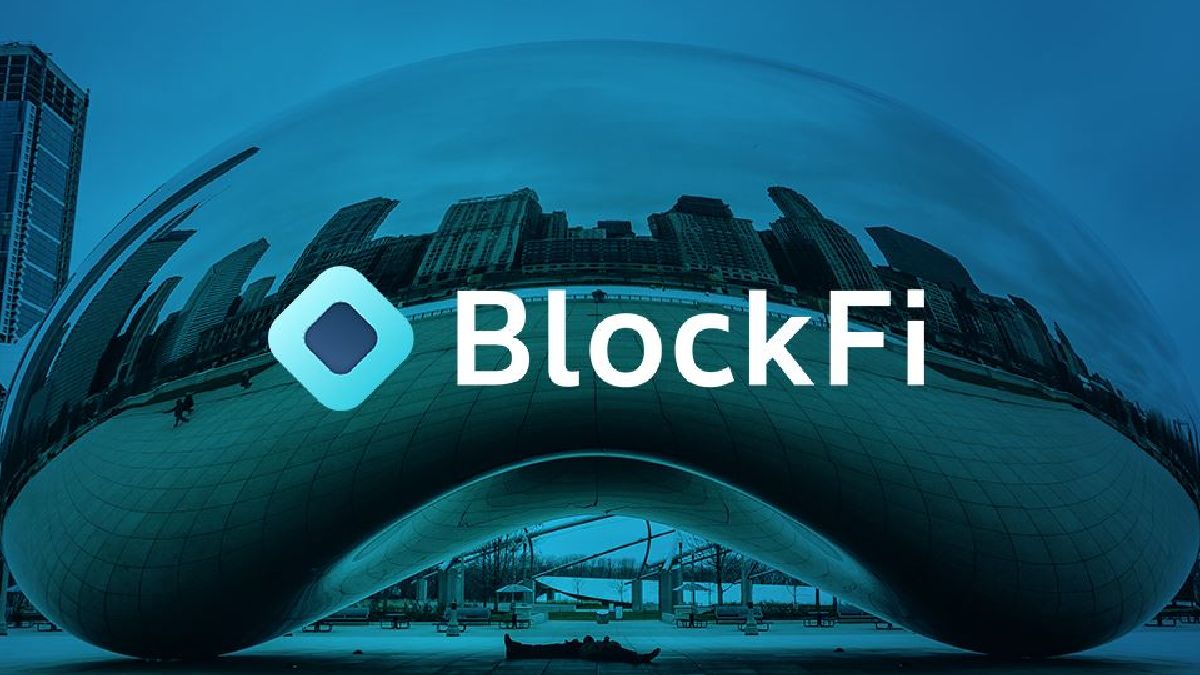
Lava Agni 2 5G With MediaTek Dimensity 7050 SoC to Launch in India on May 16: All Details
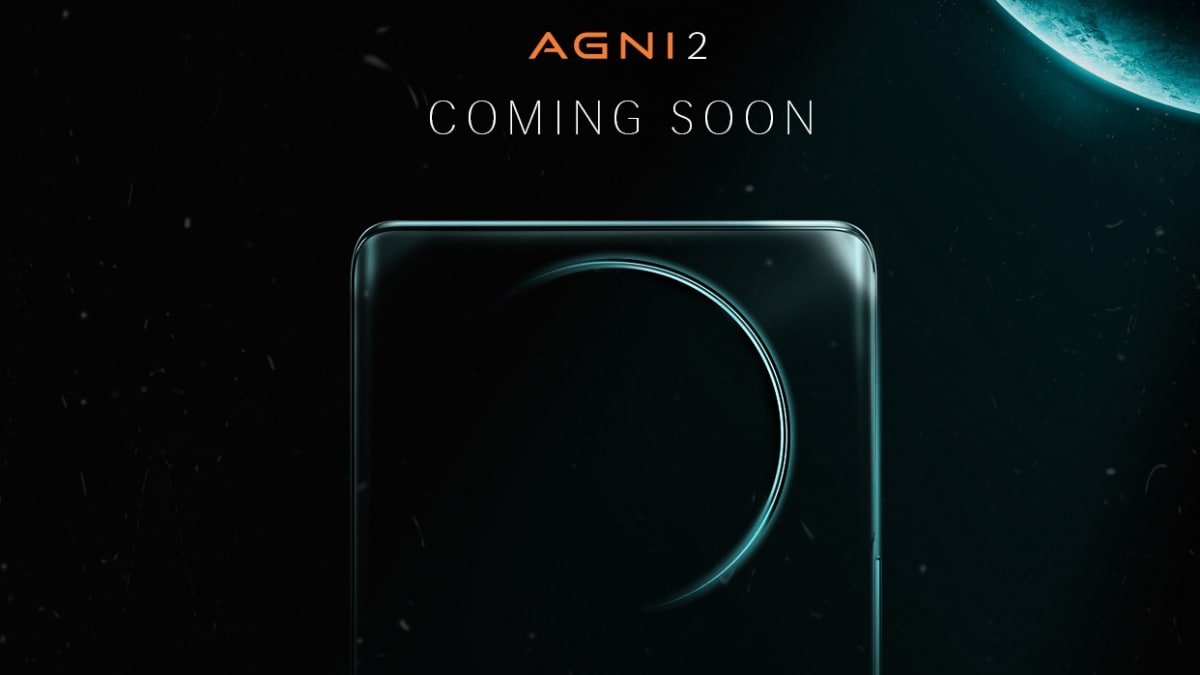
Lava Agni 2 5G is set to launch in India soon. The company has confirmed the launch date of the smartphone. The phone has officially been teased to feature a curved display and confirmed to be powered by the MediaTek Dimensity 7050 SoC. It will succeed the Lava Agni 5G, which was released in the country in November 2021. The successor to the original Lava Agni has been long due. There have been several leaks and reports of the upcoming Lava smartphone have made in the past few weeks. The phone's large rear camera module has been tipped earlier and is now also partially seen in promotional images.
Lava announced that the Lava Agni 2 5G will launch in India on May 16 at 12pm (IST). The company tweeted the announcement with the hashtag "ahead of the curve," which hints at a curved display panel. The phone is confirmed to be exclusively available for purchase through Amazon.
An earlier report suggested that the Lava Agni 2 5G is expected to launch at a price of around Rs. 20,000. In the official teaser, the phone is seen in a shiny blue-green shade. The report added that the handset will also be offered in a second colour option. The smartphone is confirmed to be powered by an octa-core MediaTek Dimensity 7050 SoC, a rebranded MediaTek Dimensity 1080 chipset, paired with 8GB of RAM and 256GB of inbuilt storage. The phone is likely to run Android 13 out-of-the-box.
Live images leaked previously suggest that the rear quad camera unit is housed in a large centre-aligned circular camera module towards the top of the back panel. The teaser of the Lava Agni 2 5G also shows a similar design. All four cameras including an LED flash are expected to be housed within this module. The primary rear camera is expected to use a 50-megapixel sensor. The front camera is said to have a 16-megapixel sensor.
The Lava Agni 2 5G is also reported to feature a 6.5-inch HD+ (1600 x 900) AMOLED display with a refresh rate of 120Hz, that is also expected to come equipped with an in-display fingerprint sensor. The phone will reportedly be backed by a 5,000mAh battery unit with 44W wired charging support and a USB Type-C charging port.
Lava had launched the Agni 5G in a single 8GB + 128GB storage variant at a price of Rs. 19,999. It is only available in a Fiery Blue colour option. It is powered by a MediaTek Dimensity 810 SoC and packs a 5,000mAh battery with 30W fast charging support. The quad rear camera system of the phone includes a 64-megapixel primary sensor.
Realme C53 Price in India, Specifications Tipped, Likely to Support 33W Fast Charging
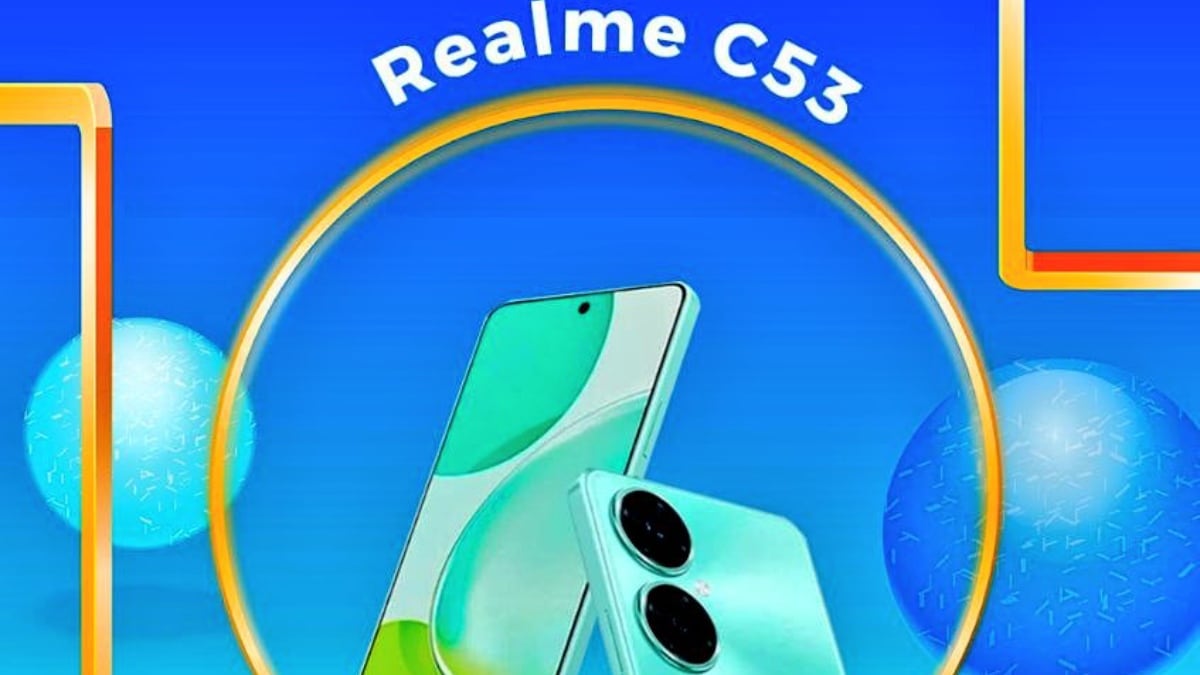
Realme C53 is expected to launch in India soon. The company is currently celebrating its five-year anniversary. To commemorate the same, Realme introduced a new Rainforest colour option for the Realme C55, which was launched earlier this year. The Realme C53, likely to be the next C-series Realme smartphone, surfaced online recently. A report recently suggested that a teaser for the phone had been leaked and it hinted at some key design elements and other features of the purported handset. Now, a tipster has leaked some key specifications of the upcoming smartphone and also hints at the probable price range of the phone in the country.
Tipster Paras Guglani (@passionategeekz) shared in a tweet, details about the purported Realme C53. The tipster noted that the phone is expected to be offered in two colour options - Champion Gold and Mighty Black. The phone is also likely to launch in a singular storage configuration of 12GB of RAM and 128GB of inbuilt storage. The tweet added that the RAM would be divided into 6GB of physical RAM and 6GB of virtual RAM. According to the tipster, the phone will likely be priced between Rs. 9,000 and Rs. 11,000.
The Realme C53 is expected to feature a 6.74-inch display panel with a refresh rate of 90Hz. It is said to be powered by a Unisoc T612 SoC. A dual rear camera unit on the smartphone is likely to include a 50-megapixel primary sensor and a 0.3-megapixel secondary sensor, according to the tipster.
The handset, as per the tipster, is expected to boot Android 13 out-of-the-box with Realme UI T Edition on top. The Realme C53 is also said to house a 5,000mAh battery unit with 67W fast charging support.
Realme launched its Realme C55 handset in India earlier this year in March. The phone is priced at Rs. 10,999 for the 4GB + 64GB variant, and Rs. 11,999 and Rs. 13,999, respectively for the 6GB + 64GB and the 8GB +128GB variants. The handset is currently offered in Rainforest, Rainy Night, and Sunshower colour options.
The C-series smartphone is powered by an octa-core MediaTek Helio G88 SoC paired with LPDDR4X RAM and EMMC 5.1 inbuilt storage. It boots Android 13 with Realme UI skin on top. The Realme C55 packs a 5,000mAh battery with 33W SuperVOOC wired fast charging support.
Google Pixel 7a vs Google Pixel 7: What’s the Difference? Price in India, Specifications Compared

Google Pixel 7a was launched earlier this week alongside Pixel Fold during the company's I/O event. The Pixel 6a successor has a new design language, inspired by the premium Pixel 7 and Pixel 7 Pro smartphones. Google's in-house Tensor G2 SoC powers the Pixel 7a and it has a 64-megapixel dual rear camera unit. It comes with a 4,385mAh battery as well. In look and few hardware experiences, the Pixel 7a is quite similar to the Pixel 7, but they differ in price, storage options and more.
Let's compare the Google Pixel 7a against last year's Pixel 7 to understand the basic differences between the two smartphones on paper.
The new Google Pixel 7a is priced at Rs. 43,999 for the 8GB RAM + 128GB storage model in India. It is offered in Chalk, Snow and Sea colour options and is currently available for purchase in India via Flipkart.
The Pixel 7, on the other hand, was launched in October last year with a price tag of Rs. 59,999 for the 8GB RAM + 128GB storage model. It is available in Snow, Obsidian, and Lemongrass colour options and is currently listed on Flipkart with a starting price tag of 56,999.
Both Pixel 7a and Pixel 7 run on Android 13. In terms of display, the latest device features a 6.1-inch full-HD+ OLED display with a 90Hz refresh rate. The Pixel 7, on the other hand, has a 6.32-inch full-HD+ (2,400 x 1,080 pixels) OLED display with a 90Hz refresh rate. The Pixel 7a and Pixel 7 are powered by Google's second-generation Tensor G2 SoC, coupled with 8GB of RAM.
Coming to the cameras, the Pixel 7a and Pixel 7 are equipped with a dual camera setup. The camera unit of Pixel 7a includes a 64-megapixel primary camera with optical image stabilisation (OIS) alongside a 13-megapixel ultra wide-angle sensor. It is capable of 4K video recording at 60 frames per second (fps).
The camera setup of Google Pixel 7 includes a 50-megapixel primary sensor and a 12-megapixel secondary sensor with an ultra-wide-angle lens. For selfies and video chats, the Pixel 7a has a 13-megapixel front sensor, while the Pixel 7 features a 10.8-megapixel front-facing camera.
Google Pixel 7a offers 128GB of UFS 3.1 storage, whereas the Pixel 7 has two choices for storage capacity with up to 256GB of inbuilt storage. Connectivity options and sensors are almost similar on both phones. Both Pixel phones get face unlock feature and have in-display fingerprint sensors for authentication.
The Pixel 7a comes with a 4,385mAh battery with support for wireless charging. Meanwhile, the Pixel 7 comes with a 4,355mAh battery with fast wired charging along with wireless charging support. Both models are certified for Qi wireless charging.
Centre Issues Order Against Amazon, Flipkart, Other E-Commerce Sites for Selling Seat Belt Alarm Stopper Clips
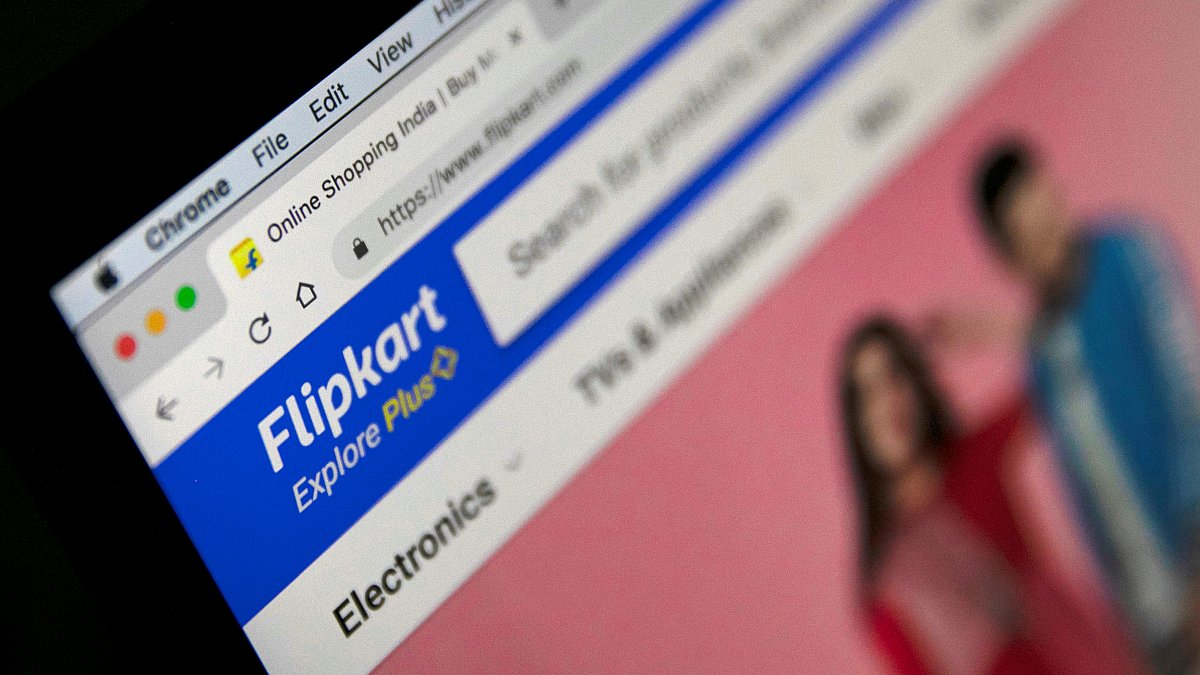
The Central Consumer Protection Authority (CCPA) has issued orders against the top five e-commerce platforms for selling car seat belt alarm stopper clips.
Authorities found that such clips were being blatantly sold on several e-commerce platforms.
The clips compromise the life and safety of consumers by stopping the alarm beep when not wearing seat belts. Selling of such items is in violation of the Consumer Protection Act, 2019.
The e-commerce platforms against which the order was issued are Amazon, Flipkart, Snapdeal, Shopclues and Meesho, a Ministry of Consumer Affairs release said.
The Ministry of Highways and Transport had highlighted the issue of the blatant sale of car seat belt alarm stopper clips and requested for action on errant vendors or online platforms and issuance of an advisory.
"It is imperative to say that using car seat belt alarm stopper clips can also be a hurdle for consumers seeking claim amounts in the cases of motor insurance policies, wherein an insurance company may deny the claim by citing the negligence of the claimant for using such clips. On the other hand, using a seat belt acts as a restraint that allows the airbag to provide proper cushion and not hit the passengers at full force which also works as a protective shield in case of collisions," the release said.
It said that taking note of the Directions issued by CCPA, compliance reports were submitted by all five e-commerce entities.
Based on the initiative of the CCPA, about 13,118 listings of car seat belt alarm stopper clips have been delisted from the e-commerce platforms.
In an interview last year September, Union Transport and Highways Minister Nitin Gadkari recalled that he had seen stopper clips being used to prevent the beep of seatbelt alarms during his travel in vehicles of four chief ministers.
"Let me tell you something new. I traveled with chief ministers of four states during the past year. I sit in the front seat and use the seatbelt. I found a clip placed where the seatbelt is buckled. I scolded the driver. I am talking of the vehicles of four chief ministers, not talking of the common man...," he had then said in the interview.
Elon Musk Announces NBCUniversal's Linda Yaccarino to Become New CEO of Twitter

Elon Musk on Friday took to Twitter to announce the name of the new Twitter CEO. As his tweets confirmed, NBCUniversal's Linda Yaccarino has been hired to take over Musk's role as the CEO of the social media company. Sharing about her job responsibilities at Twitter, Musk mentioned that her she will look after business operations, while working on transforming the social media platform into X, the everything app. The billionaire, on the other hand, will look after the product design and new technology.
I am excited to welcome Linda Yaccarino as the new CEO of Twitter!@LindaYacc will focus primarily on business operations, while I focus on product design & new technology.Looking forward to working with Linda to transform this platform into X, the everything app. https://t.co/TiSJtTWuky
Yaccarino is the former NBCUniversal advertising chief, who modernized the Comcast entertainment and media division's advertising business and had been in talks for the job before NBC announced her departure Friday morning.
Since Musk acquired Twitter in October, advertisers have fled the platform, worried that their ads could appear next to inappropriate content after the company lost nearly 80 percent of staff. Musk earlier this year acknowledged that Twitter suffered a massive decline in ad revenue.
Twitter's "trajectory will immediately take a 180-degree turn" under her leadership, said Lou Paskalis, a long-time ad industry executive and CEO of AJL Advisory, a marketing consultancy.
Musk axed thousands of employees, rushed the launch of a subscription product that allowed scammers to impersonate major brands and suspended users with whom he disagreed.
"I think (Yaccarino) has climbed every mountain she could at NBCU and did it impeccably well. And there's no greater challenge than restoring order at Twitter," he said.
Yaccarino could not be reached for comment.
Her exit is another big blow to NBCUniversal. Last month, NBC parent Comcast said NBCUniversal CEO Jeff Shell was leaving after acknowledging an inappropriate relationship with a woman in the company, following a complaint that prompted an investigation.
Advertising President Mark Marshall will step in as interim chairman of NBCUniversal's advertising and partnerships group. Marshall was named president of ad sales and partnerships in 2018, overseeing NBC's broadcast entertainment, sports and advanced advertising sales.
Yaccarino's exit comes at a difficult time for NBCUniversal, which is preparing for its annual upfront presentation to advertisers on Monday at Radio City Music Hall.
Yaccarino joined NBCU in 2011, after 15 years at Turner Entertainment, and has been credited with taking the network's ad sales operation into the digital era.
As broadcast television audiences migrated to streaming, she took to the stage at Radio City Music Hall last year to tell advertisers their brand messages were not an afterthought. She said NBCUniversal incorporated ads in its Peacock streaming service from the outset.
"Twitter needs credibility with the advertising community," said Greg Kahn, chief executive of GK Digital Ventures media consultancy. "Linda has demonstrated her trust, her innovative nature of bringing new partners to the table and a deep bench of relationships."
Musk, the CEO of electric vehicle maker Tesla, completed his purchase of Twitter in October. He said in December that he would step aside as CEO once he found "someone foolish enough to take the job."
On Thursday, Musk tweeted that he had found a CEO without naming Yaccarino. One person close to Yaccarino said Musk's tweet may well have accelerated the timetable for her to join Twitter, which would be a balm to Tesla shareholders.
Shares of Tesla were down 1.3 percent on Friday, as analysts commented that a CEO hire would allow Musk to concentrate on the EV business. Comcast shares were little changed.
© Thomson Reuters 2023
BlockFi Gets Court’s Approval to Return $297 Million to Customers
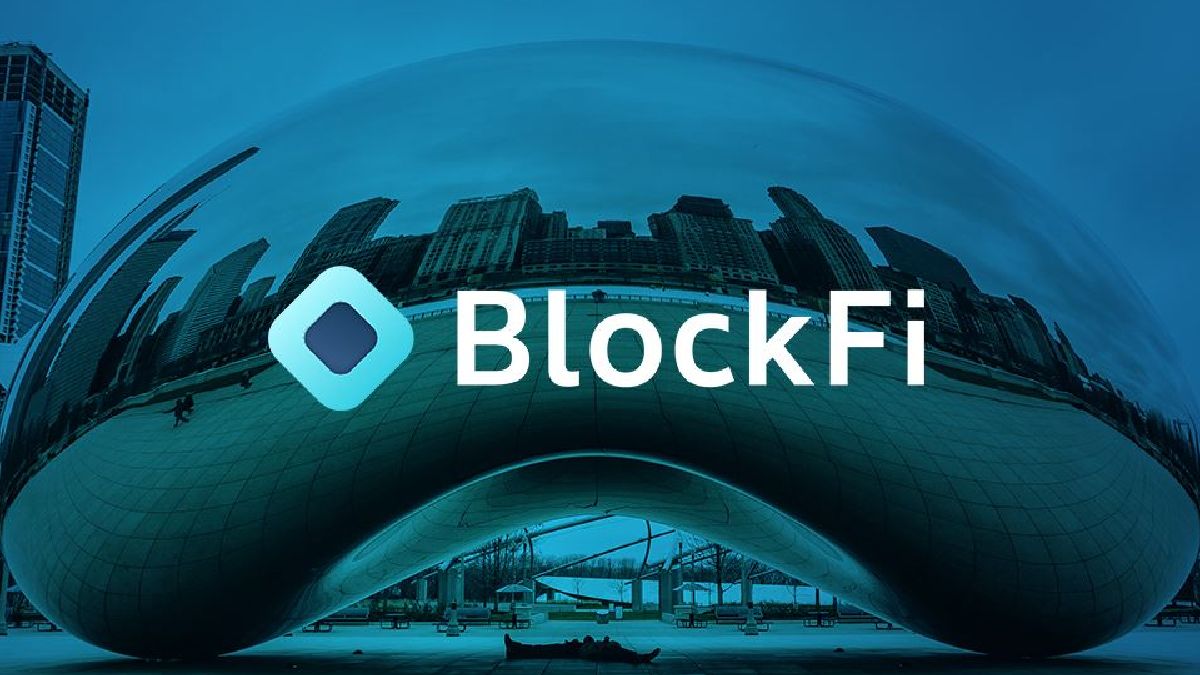
Bankrupt crypto lender BlockFi received court permission on Thursday to return $297 million (roughly Rs. 2,439 crore) to customers with non-interest-bearing accounts, without repaying customers who had tried to move funds into those accounts at the last minute.
US Bankruptcy Judge Michael Kaplan in Trenton, New Jersey ruled that customers owned their deposits in BlockFi's Wallet program, which did not pay interest and kept customer deposits separate from BlockFi's other funds. Customers who had interest-bearing accounts did not own their deposits, which were turned over to BlockFi for use in its broader lending business, Kaplan ruled.
BlockFi was one of several crypto lenders to go bankrupt in 2022, and questions about the ownership of customer funds have also been raised in the bankruptcies of Celsius Network and Voyager Digital. Judges have ruled in those cases that funds in interest-bearing accounts are the property of a bankrupt company, to be pooled with other assets and used to repay all creditors at a later date.
The division at BlockFi between the two account types became muddied when BlockFi froze accounts on Nov. 10 shortly before filing for bankruptcy without fully disabling customer-facing functions on its app, creating a situation that Kaplan called "confusing, misleading, and frustrating."
About 48,000 BlockFi customers tried to transfer $375 million (roughly Rs. 3,080 crore) from interest-bearing accounts into Wallet accounts during BlockFi's shutdown on Nov. 10, and they received in-app and email confirmation that the transfers were complete. Lawyers for those customers argued that BlockFi should honor the transfers and return funds to those customers as well.
But BlockFi never performed the back-end work that was required to complete transfers between the two account types, and its terms of service allowed it to block transfer requests as part of its broader shutdown, Kaplan ruled.
"Quite simply, a customer's withdrawal or transfer request on the user interface did not and does not automatically transfer digital assets," Kaplan said.
BlockFi attorney Michael Slade had argued in an earlier court hearing that allowing the $375 million (roughly Rs. 3,080 crore) in transfers would severely dilute the recovery for Wallet customers and potentially prevent BlockFi from returning any customer funds, due to the practical difficulty of sorting out how to pay the additional Wallet claims from a fixed pool of assets.
BlockFi filed for Chapter 11 protection in November, citing volatility in crypto markets and its exposure to crypto exchange FTX, which imploded amid revelations that customer funds were missing from the exchange.
© Thomson Reuters 2023
0 Likes
